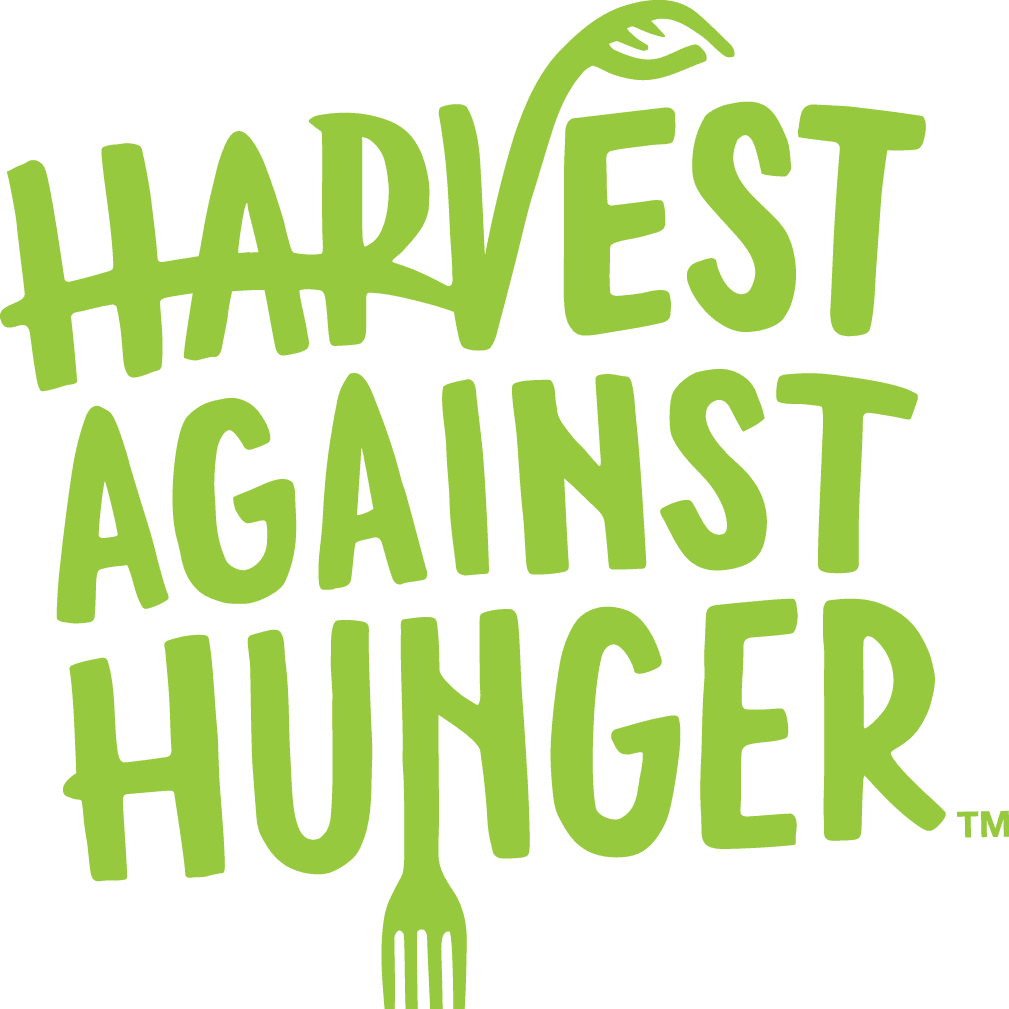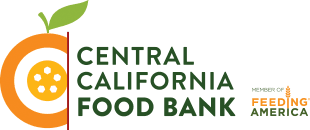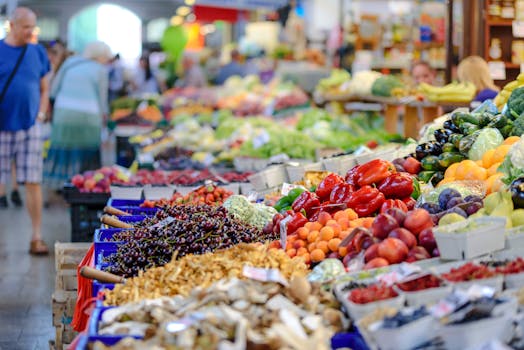
data-usecase-icon="recurring_donations"
Club de soutien aux repas mensuels
Invitez les donateurs à s'engager à verser un don mensuel qui permettra de fournir en permanence des kits de repas aux familles dans le besoin, ce qui permettra d'obtenir un soutien fiable et de gagner la confiance de la communauté.
data-usecase-cta="recurring_donations" (dons récurrents)
data-usecase-icon="donation_form"
Campagne de collecte de denrées alimentaires pour les fêtes de fin d'année
Lancez une campagne saisonnière avec un formulaire personnalisé pour collecter des dons en espèces qui se traduisent directement par des achats de denrées alimentaires à fort impact lors des pics de demande.
data-usecase-cta= "donation_form"
data-usecase-icon="peer_to_peer"
Défi aux pairs des héros de la faim
Permettez aux bénévoles et aux sympathisants de créer des pages de collecte de fonds personnelles et de rivaliser pour voir qui peut collecter le plus de fonds pour votre banque alimentaire.
data-usecase-cta="peer_to_peer"
data-usecase-icon="event"
Soirée de souper communautaire
Organisez un dîner avec billetterie où des chefs locaux donnent de leur temps - vendez les billets en ligne, suivez les RSVP et engagez les donateurs en personne.
data-usecase-cta="event"
data-usecase-icon="raffle"
Tombola de la récolte au profit de la lutte contre la faim
Établissez des partenariats avec des entreprises locales pour obtenir des prix et vendez des billets de tombola en ligne afin de susciter l'enthousiasme et de collecter des fonds sans frais généraux.
data-usecase-cta="tombola"
data-usecase-icon="store"
Livre de cuisine communautaire et boutique de produits dérivés
Ouvrez une boutique en ligne vendant un livre de recettes provenant de la communauté, des sacs fourre-tout de marque et des tabliers - 100 % des recettes servent à nourrir des familles dans votre zone de service.
data-usecase-cta="store"
Comment Zeffy se compare-t-il aux autres plateformes de collecte de fonds pour les Banques alimentaires
Frais | Vous gardez | Vous perdez | ||
|---|---|---|---|---|
0 % de frais de plateforme et de traitement | $50,000 | $0 | ||
2,9 % + 0,30 $/transaction | $48,400 | -$1,600 | ||
2,2 % + 0,30 $ + ~2,35 % de frais de plateforme | $47,500 | -$2,500 | ||
2,9 % + 0,30 $/transaction | $48,350 | -$1,650 | ||
3,7 % + 1,79 $/billet + 2,9 % de frais de traitement | $46,550 | -3 450 $ (estimation) | ||
1.99% + $0.49 | $48,560 | -$1,440 |
100% gratuit, toujours.
Les 6 meilleures idées de collecte de fonds pour Banques alimentaires
🍉 Lecteur de selfie pastèque
Les supporters prennent des selfies en dégustant des en-cas d'été sains, les taguent avec #SnackAgainstHunger et font un don pour fournir des parts de melon aux familles dans le besoin.
🌞 Défi de la boîte à goûter d'été
Les donateurs s'engagent à parrainer des paquets de snacks quotidiens pour les enfants pendant tout l'été, en partageant leurs progrès en ligne afin d'inspirer leurs amis et de financer la nutrition vitale du week-end.
🚲 Rouler contre la faim
Les participants s'inscrivent à une course à vélo communautaire amusante ; les frais d'inscription financent directement les livraisons de repas et sensibilisent aux besoins des banques alimentaires locales.
🏖️ Vente de kits repas pour la plage
Vendez des kits de repas pour pique-nique lors d'événements organisés sur la plage ou en ligne ; chaque kit vendu permet de nourrir des familles dans le cadre de l'action estivale de notre banque alimentaire.
🍴 Souper d'été du chef
Des chefs locaux animent une dégustation en plein air de plats préparés à partir d'ingrédients récupérés ; la vente des billets permet de soutenir les opérations de la banque alimentaire.
Grill & Give Backyard BBQ (barbecue de jardin)
Organisez un barbecue de quartier avec des tickets d'entrée, des jeux et des tirages au sort ; tous les bénéfices serviront à financer les programmes de repas d'été de votre banque alimentaire.
Envie de plus d'inspiration ?
Découvrez plus de 40 banques alimentaires gratuites Banques alimentaires idées de collecte de fonds
Principales subventions pour banques alimentaires en 2025

Subventions pour la résilience et l'infrastructure des HAD
Récolte contre la faim
Jusqu'à 100 000
Ce programme soutient des projets d'infrastructure essentiels visant à renforcer le système alimentaire régional du comté de King. Les candidatures sont ouvertes jusqu'au 31 juillet 2025.

Subventions locales Spark Good
Fondation Walmart
Non spécifié dans l'extrait
Ce programme permet de financer des organisations locales à but non lucratif, avec des fenêtres de candidature allant du 1er mai au 15 juillet 2025 et du 1er août au 15 octobre 2025.

Subventions pour la résilience
Département de l'agriculture de l'État de Washington
Prévu entre 10 et 250 000 dollars (sous réserve de modifications)
Le cinquième cycle est prévu au printemps 2025 pour une période d'accord allant du 1er juillet 2025 au 30 juin 2026.

Principales entreprises qui font des dons à Banques Alimentaires en 2025

Walmart
Soutien aux organisations locales par le biais des programmes Spark Good

Nourrir l'Amérique
Partenariat avec des entreprises, des fondations et des particuliers pour fournir une aide alimentaire.

Banque alimentaire de Californie centrale
Soutient un réseau d'agences à but non lucratif.

Banque alimentaire communautaire des glaneurs
Renforcer les communautés en leur donnant accès à des aliments nutritifs
Questions fréquemment posées
Zeffy est-il vraiment 100% gratuit pour les Banques Alimentaires ? Quel est le piège ?
Oui, Zeffy est 100% gratuit pour les banques alimentaires ! Nous ne facturons pas de frais de plateforme ni de frais de traitement, ce qui signifie que chaque dollar va directement à la lutte contre la faim. Zeffy est soutenu par les pourboires optionnels des donateurs qui soutiennent notre objectif de ne pas perturber vos dons. Il n'y a vraiment pas de piège.
Les banques alimentaires peuvent-elles utiliser Zeffy pour collecter des dons spécifiques ?
Absolument ! Les banques alimentaires peuvent utiliser Zeffy pour recevoir différents types de dons, y compris des dons uniques, des contributions récurrentes et même des ventes de billets pour des événements de collecte de fonds. Il n'y a pas de frais, de sorte que chaque repas fourni est le fruit de la générosité des donateurs et n'est pas perdu dans les frais.
Quels types de campagnes de collecte de fonds les banques alimentaires peuvent-elles mener avec Zeffy ?
Avec Zeffy, les banques alimentaires peuvent organiser toutes sortes de campagnes de collecte de fonds, comme des collectes de fonds de pair à pair, des événements caritatifs avec billets, et mettre en place des dons récurrents. Zeffy est conçu pour rationaliser vos efforts afin que vous puissiez vous concentrer sur l'alimentation des personnes dans le besoin.
Quelle est la meilleure plateforme de collecte de fonds pour les Banques Alimentaires ?
Zeffy est la seule plateforme 100% gratuite pour les Banques Alimentaires. Pas de coûts cachés, pas de frais de traitement - juste plus d'argent pour les épiceries, les repas et le soutien. En choisissant Zeffy, vous vous assurez que chaque dollar donné par vos donateurs se traduit directement en nourriture et en ressources pour votre communauté.













